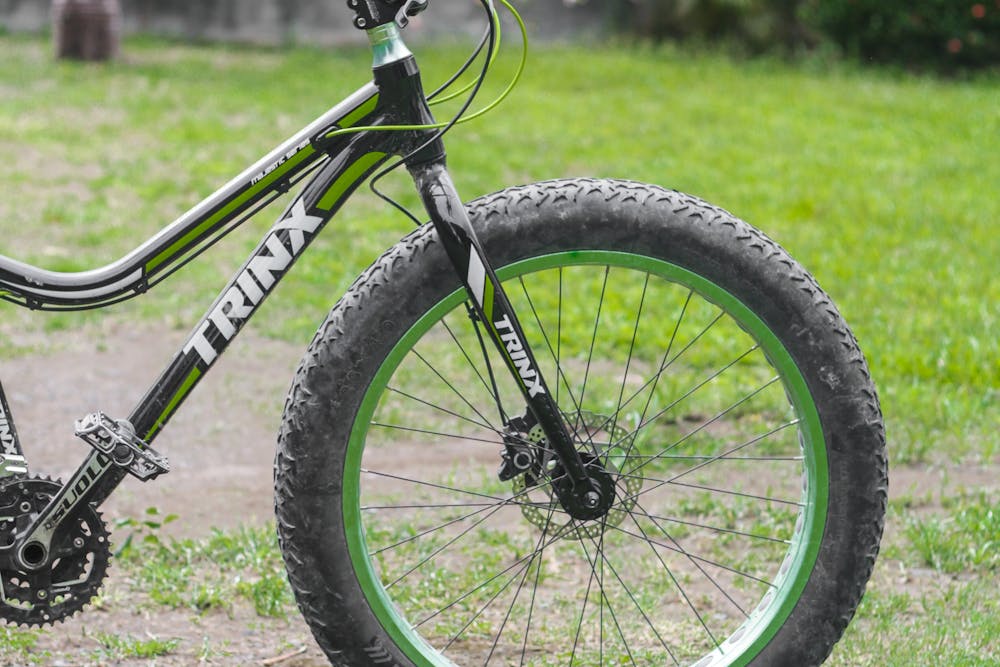
When I first stepped into the world of custom chatbot development, I had no idea how powerful this technology would become for businesses like mine. Over the years, I’ve seen how the right chatbot can completely change the way a company engages with its customers, reduces operational costs, and boosts efficiency. If you’ve been wondering how to get started with building a chatbot tailored to your business needs, I’m here to share the lessons I’ve learned along the way.
Why Custom Chatbot Development Matters
Off-the-shelf chatbot solutions might sound appealing at first—they’re quick to launch and inexpensive. However, I soon realized that those generic bots lacked the ability to understand the specific language, tone, and requirements of my customers.
That’s where custom chatbot development comes into play. Unlike pre-built tools, custom chatbots are designed from the ground up with your audience, workflows, and brand voice in mind. This means your chatbot can:
- Handle industry-specific queries effectively.
- Offer personalized support 24/7.
- Integrate seamlessly with your CRM, website, or app.
- Scale as your business grows.
When I made the switch to a custom chatbot, customer satisfaction scores improved, response times decreased, and sales conversions increased.
Step 1: Define Your Chatbot’s Purpose
The first step I recommend is asking yourself, “Why do I need a chatbot?” For me, the answer was clear: I wanted to reduce the number of repetitive queries my team handled and allow them to focus on higher-value tasks.
Some common goals you might set for your chatbot include:
- Improving customer support.
- Automating lead generation.
- Providing real-time order tracking.
- Delivering personalized product recommendations.
- Collecting customer feedback.
The clearer you are about your chatbot’s purpose, the easier it becomes to design and implement a solution that actually works.
Step 2: Know Your Audience
In custom chatbot development, one size doesn’t fit all. Early on, I learned that my chatbot had to reflect the way my customers communicated. For example, if your audience prefers casual, friendly interactions, your chatbot should mirror that tone. If your industry is more professional or technical, the chatbot should provide precise and formal responses.
I recommend creating customer personas that outline:
- Common questions they ask.
- Communication preferences.
- Pain points that need solving.
Once you have these insights, you can shape your chatbot’s personality and functionality around your audience’s needs.
Step 3: Choose the Right Platform
Another critical step in my journey was choosing the platform for my chatbot. There are multiple channels where chatbots can thrive:
- Websites – For answering FAQs or assisting with navigation.
- Messaging Apps (WhatsApp, Messenger, Telegram) – For direct communication.
- E-commerce Platforms – For guiding customers through product choices.
- Mobile Apps – For providing in-app support.
When I was starting out, I picked the platform where my customers spent the most time. That allowed me to maximize the chatbot’s impact without spreading resources too thin.
Step 4: Pick the Right Technology
This was the part where I had to make some tough choices. In custom chatbot development, there are two main approaches:
- Rule-Based Chatbots – These rely on pre-set flows and decision trees. They’re great for simple, predictable interactions like FAQs.
- AI-Powered Chatbots – These use natural language processing (NLP) and machine learning to understand intent, learn from conversations, and provide smarter responses.
I started with a rule-based chatbot, but eventually transitioned to an AI-powered version when I needed more advanced functionality. If you’re new, I suggest beginning small and upgrading as you go.
Step 5: Design Engaging Conversations
The heart of custom chatbot development lies in creating meaningful conversations. I quickly realized that users don’t want to feel like they’re talking to a robot—they want an experience that feels natural.
Here are a few tips that worked for me:
- Start with a friendly greeting that sets the tone.
- Offer quick reply buttons to simplify navigation.
- Use clear, concise language.
- Always provide an option to speak with a human agent.
- Inject your brand’s personality into responses.
Good conversation design not only keeps users engaged but also helps your chatbot feel like an extension of your customer service team.
Step 6: Integrate with Your Business Systems
When I integrated my chatbot with my CRM and helpdesk software, it became a real game-changer. Suddenly, my chatbot could fetch customer details, track order history, and escalate complex issues to the right team.
Integrations can include:
- CRM tools (HubSpot, Salesforce).
- Payment gateways for transactions.
- E-commerce platforms like Shopify or WooCommerce.
- Calendars for scheduling appointments.
Without these integrations, a chatbot feels limited. With them, it becomes a powerful business assistant.
Step 7: Test, Train, and Improve
No matter how well you plan, the first version of your chatbot won’t be perfect—I learned that quickly. That’s why testing is crucial.
I started by running beta tests with a small group of users, collecting their feedback, and identifying gaps in my chatbot’s responses. Then, I used those insights to refine conversation flows and improve accuracy.
If you’re using an AI-powered chatbot, regular training with real customer data is essential. The more interactions it has, the smarter it becomes.
Step 8: Monitor Performance
Finally, I set up KPIs to track how my chatbot was performing. Some of the metrics I focused on included:
- Response time.
- User satisfaction ratings.
- Number of queries resolved without human support.
- Lead conversions attributed to the chatbot.
By monitoring these results, I could see exactly where my chatbot was excelling and where it needed adjustments.
Lessons Learned in Custom Chatbot Development
Looking back, the biggest mistake I made was trying to build a chatbot with too many features at once. Overloading the chatbot confused users and made it harder to maintain. The smarter approach is to start small, focus on solving one or two problems effectively, and then scale gradually.
Another lesson was the importance of human backup. Even the most advanced chatbot can’t handle every situation, so always give users the option to escalate to a human agent.
Final Thoughts
Getting started with custom chatbot development can feel overwhelming at first, but breaking it down into manageable steps makes the process much easier. By defining your goals, understanding your audience, choosing the right platform and technology, and continuously testing and improving, you can build a chatbot that truly supports your business and customers.
I’ve seen firsthand how a well-designed chatbot saves time, boosts customer satisfaction, and opens new opportunities for growth. If you’re serious about enhancing your digital strategy, now is the perfect time to explore chatbot solutions.
Contact Us
If you’re ready to take the first step in custom chatbot development but don’t know where to start, I’d be happy to help. Contact us today, and let’s create a chatbot that’s not only functional but also an integral part of your customer journey.


